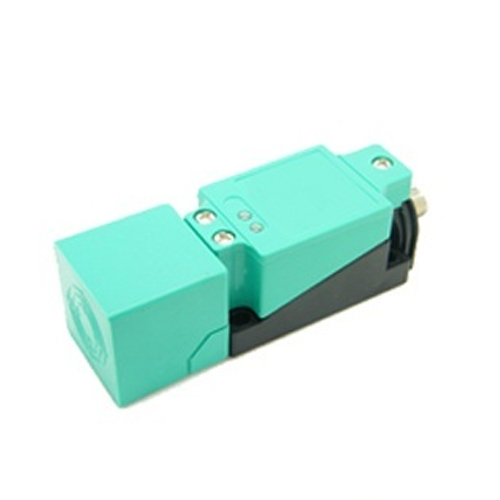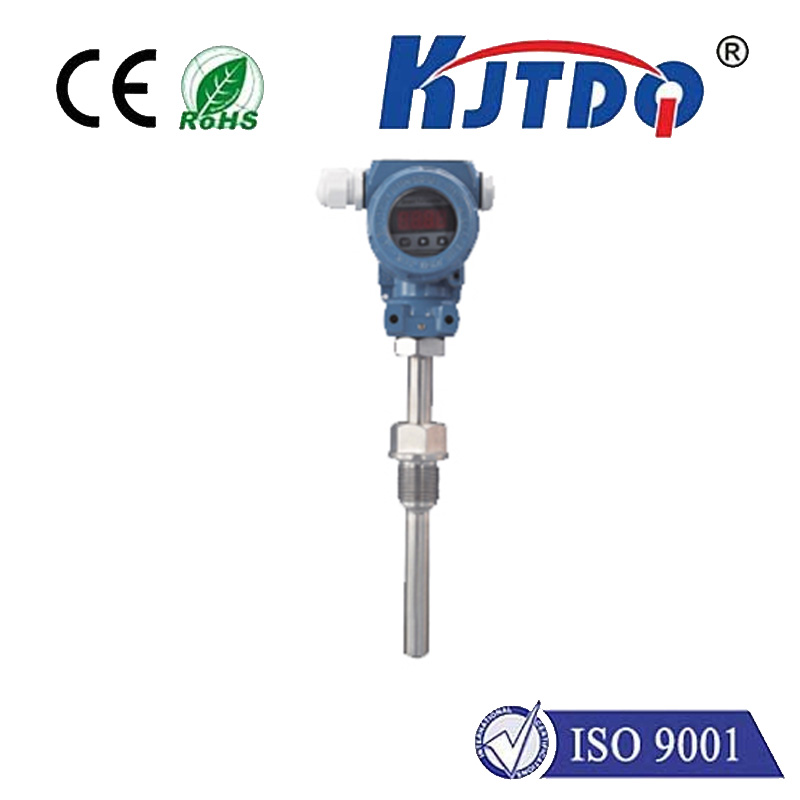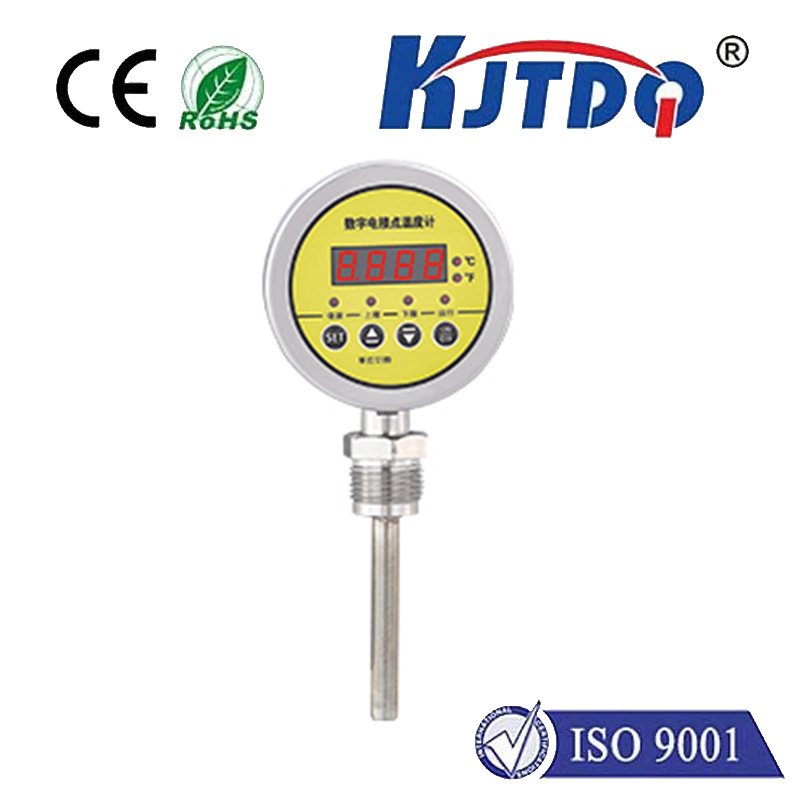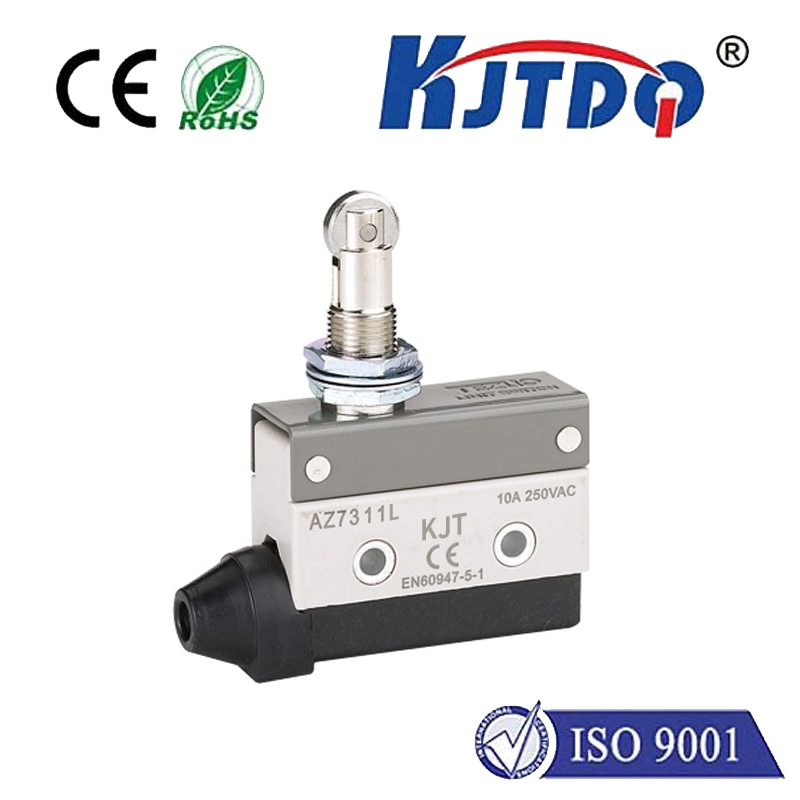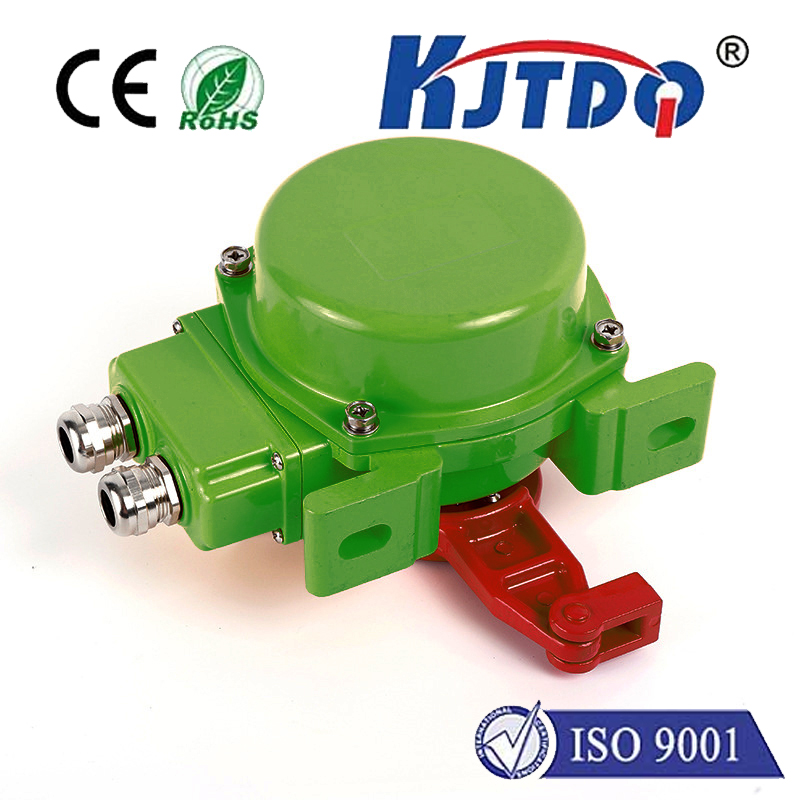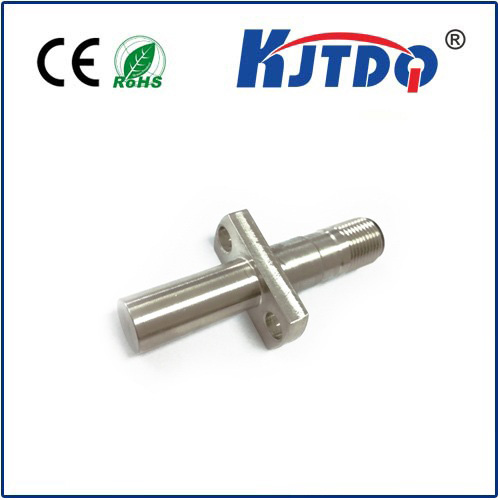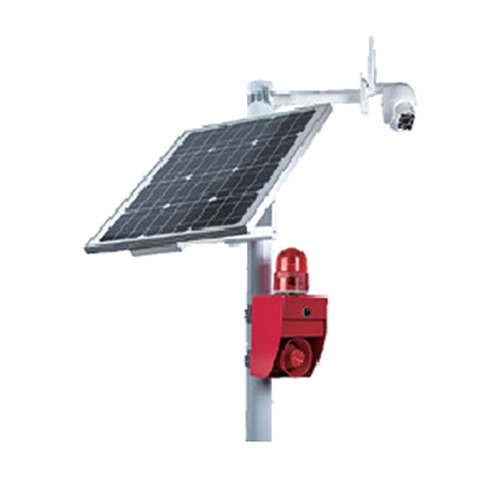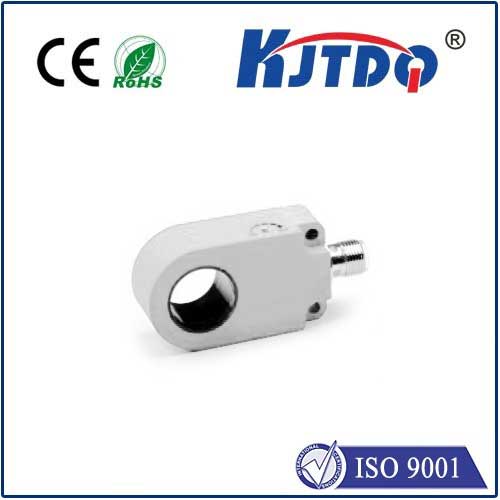Переключатель верхнего предела
- time:2025-08-04 08:49:17
- Нажмите:0
High Limit Switch: The Unsung Guardian Against Thermal Runaway
Ever smelled something burning from your furnace or dryer? That acrid odor often signals a critical moment before disaster strikes. What stands between that warning signal and a potential fire or catastrophic equipment failure? Often, it’s a remarkably simple yet vitally important device: the High Limit Switch. This unassuming component is a cornerstone of safety across countless machines, silently monitoring temperatures and acting as the ultimate fail-safe when heat levels soar beyond acceptable limits. Understanding its role is crucial for safety, efficiency, and preventing costly damage.
What Exactly is a High Limit Switch?
At its core, a Переключатель верхнего предела is a temperature-activated safety device. Think of it as a vigilant sentry constantly overseeing the thermal state of a system. Its sole purpose is to interrupt electrical power when the temperature it senses exceeds a pre-set, factory-calibrated threshold – the “high limit.” This action is almost always automatic and happens independently of the system’s primary thermostat or control board.
Unlike a thermostat that cycles equipment on and off to maintain a desired temperature range, the high limit switch is purely a safety mechanism. Its job isn’t to regulate; it’s to shut down. This crucial distinction makes it a critical component in preventing thermal runaway – the dangerous situation where a system’s temperature spirals uncontrollably upwards.

How Does it Work? The Science of Safety
Most common high limit switches operate based on thermal expansion principles:
- Sensing Element: Contains a material (often a bi-metallic strip or a temperature-sensitive liquid/gas) that physically expands significantly when heated.
- Set Point: This element is precisely calibrated to expand enough to trigger an action at a specific, predetermined temperature – the high limit.
- Activation: Once the temperature hits the limit, the expanding element physically moves. This movement:
- Breaks an Electrical Circuit: It pushes contacts apart, instantly cutting off power to critical components like heating elements, motors, or fuel valves.
- May Trigger a Manual Reset: Many high limit switches are designed to “trip” and remain open even when temperatures cool down slightly. This forces a manual reset (often a small button) to restore power. This is a vital safety feature ensuring the fault causing the overheat must be investigated and resolved before restarting the system. Автоматическая перезагрузка types exist but are used less frequently in critical safety applications.
Where are High Limit Switches Essential?
You’ll find these silent guardians integrated into almost any equipment where uncontrolled heat poses a significant risk:
- HVAC Systems: Absolutely critical in furnaces, boilers, and heat pumps. They prevent heat exchangers from cracking (causing dangerous carbon monoxide leaks) and protect motors and wiring from overheating. Furnace protection heavily relies on this switch.
- Appliances: Dryers, ovens, ranges, dishwashers, water heaters, coffee makers, and microwaves all incorporate them to prevent fires caused by blocked vents, faulty thermostats, or component failure.
- Промышленное оборудование: Motors, pumps, compressors, gearboxes, and processing equipment utilize high limit switches to protect bearings, windings, seals, and sensitive materials from heat damage.
- Electronics: Power supplies, battery chargers, amplifiers, and servers often have thermal cutoffs to prevent component meltdown or fire.
Why They Are Non-Negotiable for Safety and Operation
The importance of a functioning high limit switch cannot be overstated:
- Fire Prevention: This is the primary and most critical role. By cutting power to heating elements or ignition sources during overheat conditions, they are the last line of defense against ignition of surrounding materials.
- Equipment Protection: Preventing extreme overheating safeguards motors, wiring, circuit boards, heat exchangers, and structural components from irreversible, expensive damage. Avoiding catastrophic failure saves significant repair or replacement costs.
- Operator Safety: Prevents burns and exposure to hazardous situations caused by exploding components, melting parts, or fires.
- System Integrity: Ensures the fundamental safety mechanisms of the equipment operate as designed, maintaining compliance with safety standards.
Implementing and Maintaining Your Thermal Guardian
While robust, high limit switches require consideration:
- Proper Selection: Must be rated for the correct temperature range, electrical load, and environmental conditions (dust, moisture, vibration) of the application. Temperature safety depends on this match.
- Correct Placement: The sensor must be positioned where it accurately reflects the critical temperature point needing monitoring (e.g., near the heat exchanger, inside a dryer drum, on a motor casing).
- Maintenance & Replacement:
- Never bypass a tripped switch. This defeats the essential safety function and creates a severe hazard.
- If a switch trips frequently, it’s a symptom of an underlying problem (dirty filters, blocked vents, failing blower motor, faulty thermostat, restricted airflow). Investigate and repair the cause.
- Like any mechanical/electrical component, high limit switches can fail over time. If a switch is unresponsive or consistently trips at too low a temperature (or fails to trip when overheating is evident), it must be replaced with a manufacturer-approved equivalent. Reliable operation hinges on proper maintenance.
- Redundancy: In extremely critical systems, multiple high limit switches set at slightly different temperatures might be used for fail-safe design, providing backup layers of protection.
The Переключатель верхнего предела exemplifies elegant engineering simplicity delivering profound safety impact. It’s the unheralded component that often operates unnoticed for years – until the moment it performs its vital function, preventing disaster in a fraction of a second. Recognizing its purpose and ensuring its proper function is not just about equipment longevity; it’s a fundamental aspect of operational safety, responsible maintenance, and peace of mind in any environment where heat is generated. This crucial piece of safety equipment quietly stands guard, ensuring countless systems operate within their thermal safety margins.

